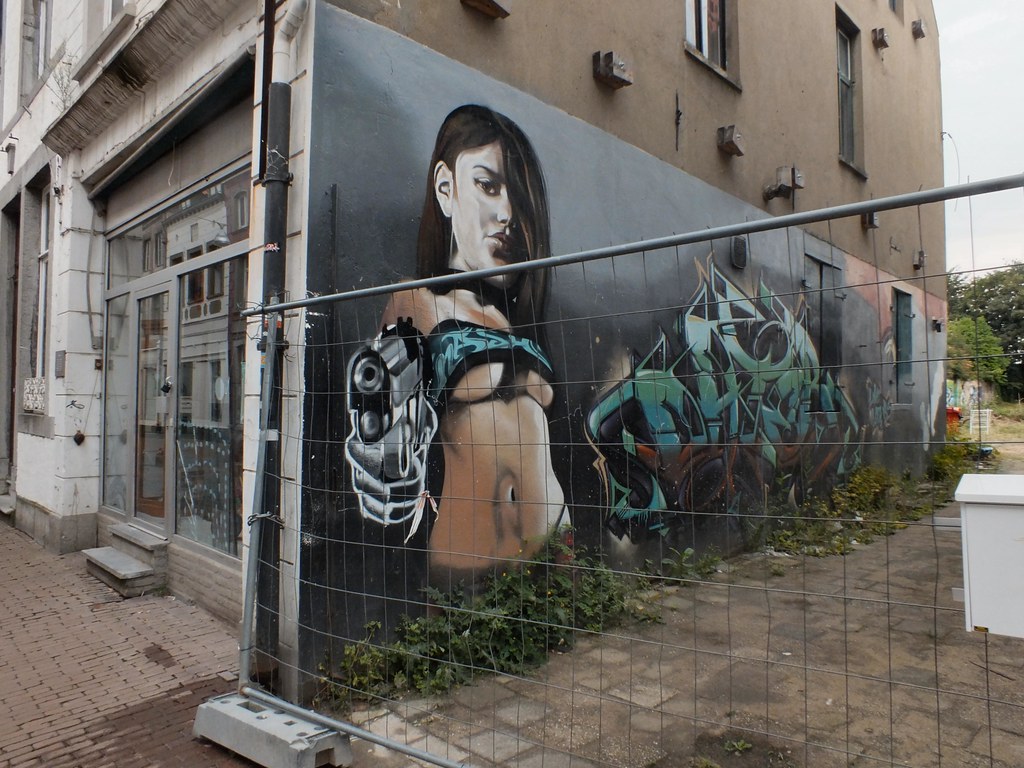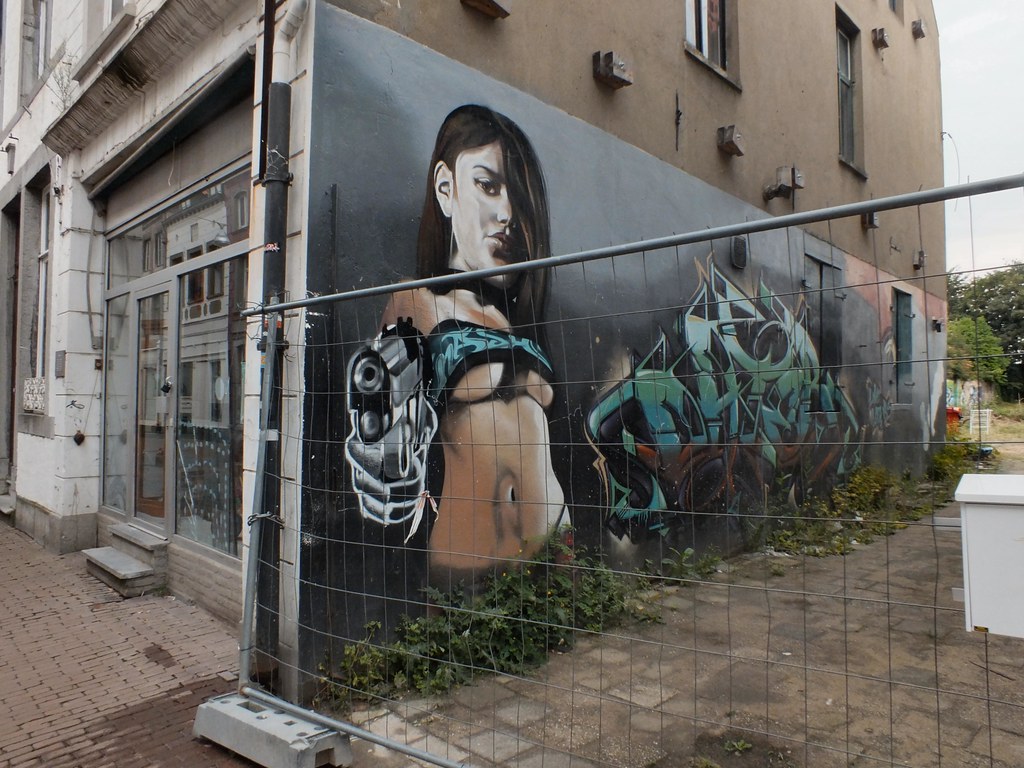Graffiti is common in big cities or highly populated places. The most common type of Graffiti is called a Tag it’s like a territory mark used by artists. The problem with graffiti is that it often has exposure in large spaces and in public areas; like parks, bus stops, and even statues and bridges. I think this creates an eyesore for the public. Graffiti is usually put on buildings including private property without the proper permission. This puts a bad stigma on places overrun with graffiti. But the artist doesn’t think that Graffiti is vandalism, they are using it to express themselves and their skill and love for art. What they aren’t thinking about is how it affects the building’s business; according to “Graffiti as Vandalism” it says “When an area has extensive graffiti, people tend to view it as a “bad neighborhood.
If someone were to put Graffiti on the side of your business or house, how would you feel? An extensive colorful technique was put there without your permission. Now you either leave it there to become an eyesore or have to pay for it to be removed. The cost of Graffiti cleanup is expensive to the point where large cities have to budget for Graffiti removal. The article “Graffiti as Vandalism” states that “In 2006, Chicago budgeted $6.5 million while Omaha, Nebraska spends about $100,000 annually, according to graffitihurts.org.” This shows that Chicago a large city had to pay a significant amount more than a smaller city like Omaha. Omaha is also a city with less crime than Chicago; In addition to cleanup costs, graffiti vandals often shoplift their materials, according to the U.S. Department of Justice.” claimed by the article “Graffiti as Vandalism”. Not only is Graffiti a cost-effective manner it also creates a gateway to crime. Tagging is the most common type of Graffiti and “most taggers are males between 15 and 23, there is the concern that tagging may be a “gateway crime,” and may lead young offenders to more serious or dangerous crimes such as truancy and drug and alcohol use.” found in the article “Graffiti as Vandalism”. Graffiti drains the bank and creates harmful stigmas in neighborhoods, cities, and businesses. It also encourages young offenders to keep committing a crime on the grounds that they are expressing themselves.

In the CBS interview; “Graffiti: Art or vandalism?” It takes us through the Museum of Contemporary Art and shows us the display of Graffiti work. One woman by the name of Laura Fanning visit the museum under the impression that Graffiti is bad but instead after viewing the work she said its “a commentary and a way of expressing oneself like “I’m putting my mark here”. What that museum doesn’t show is business owners like Gary Cooladi who’s business has Graffiti ruining his building, it’s on his walls and even his trash can. Gary said; “if somebody feels it’s art and want it in their house they should have it in their house. I don’t want it on my building.” so here is Mr. Cooladi publicly expressing how he does not want Graffiti to consume his business. Now Gary Cooladi either has to leave the eyesore on the building or pay from his own pocket for the vandalism someone caused.
Now finally ask yourself, is it fair that cities, neighborhoods, and businesses owner have to pay for the Graffiti that they did not put there? Steven Dolan stated that “Cans of spray paint are locked away in display cases”, all because the Graffiti is taking over. Yes, Graffiti artist are expressing themselves and their talents but they are expressing their skills on property that isn’t theirs. So the question, “Is Grafitti Art or Vandalism”, I think that the facts shown and the obvious damage done to buildings all lead to yes, it is vandalism.
Featured Image Shown: “graffiti Sittard” by Gerard Stolk (vers le Santiago) is licensed under CC BY-NC 2.0.












